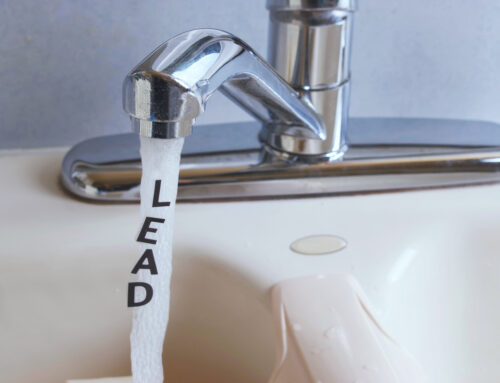
Known carcinogens exist in the drinking water of virtually every city across the United States. In my home state of Minnesota, it is not hard to stumble across: Arsenic, Benzene, Disinfectant By Products (Trihalomethanes, Halo Acetic Acids), Barium, Cyanide, Fluoride, Lead, Nitrates, Herbicides, Pesticides, PCBs and Radium, to name a few. This quick read will help raise awareness of contaminants found in our drinking water, how to identify what contaminants are present, understand how contaminants are regulated and what you can do to set your own water quality standards.
What types of contaminants exist in drinking water?
For the average homeowner, the only contaminants we can confirm in our drinking waters are the ones required to be reported by the EPA, known as primary drinking water standards. Currently, the EPA regulates 87 contaminants in the primary drinking water standards. At the same time, the EPA reports there are more than 84, 000 chemicals that are manufactured or processed in the United States, which is reported through the TSCA (Toxic Substance Control Act).
We are finding more in our drinking water than what is currently being tested for. The Associated Press performed a 5 month investigation and found that 24 major metropolitan cities had at least one drug in their drinking water. In my state of Minnesota, caffeine was found in Minneapolis’s water supply. In Philadelphia, 56 pharmaceuticals were found, including depression and anxiety drugs. The investigation also uncovered that many of the city officials are aware of the drugs in their water, but chose not to tell the public in fear of causing panic.
The Environmental Protection Agency (EPA) determines what levels of contaminations can exist and are based on health risks, the technology available to treat these contaminants, and the cost to treat these contaminants.
The Maximum Contaminant Level (MCL) is the highest level of a contaminant that is allowed in drinking water. MCLs are set as close to MCLGs as feasible using the best available treatment technology and taking cost into consideration. MCLs are enforceable standards. The Maximum Contaminant Level Goal (MCLG) is the level of a contaminant in drinking water below which there is no known or expected risk to health. MCLGs allow for a margin of safety and are non-enforceable public health goals.
How can I find out what contaminants are in my water?
The most practical way is to locate your Consumer Confidence Report. CCRs are required by law to be published yearly and provide information regarding your city’s water supply. It shows what contaminants the city is testing for and the levels found. Here is an example of a Consumer Confidence Report for the city of Blaine, MN.

Health Recommendations versus Legal Requirements
In the above CCR for Blaine, MN, you will see the list of contaminants, Maximum Contamination Limit Goal, Maximum Contamination Level, Level Found and the typical source of the contaminant. This report is a prime example of the importance of deciding what standards you are going to use for your drinking water. Here we have multiple contaminants over the recommended level to avoid any health risks, but within the allowable limits by law to have in your drinking water.
The EPA has published a list of MCL, MCLG, health effects and sources of contamination for chemicals and contaminants found in drinking water.
Time to set your own drinking water standard
In my research, I was amazed at how many cities will discredit the need for residents to use a drinking water filter because the contaminants found are below the maximum contamination limit. I am not advocating that every city should deliver water that is free of contaminants – to do so would potentially have us paying dollars per gallon versus the dollars per thousand gallons that we pay currently. I am advocating that we address the issue intelligently and let each resident decide for themselves how much of a contaminant they want to consume or provide to their developing children.
In 2010, the President’s Cancer Panel released a report titled “Reducing Environmental Cancer Risks: What We Can Do Now” The panel reports, “Individuals and families have many opportunities to reduce or eliminate chemical exposures. For example, filtering home tap water or well water can decrease exposure to numerous known or suspected carcinogens or endocrine-disrupting chemicals.”
How do I set my own water quality standard?
The simple answer is to use a water filtering device. Unfortunately, not all filters are made the same. Many of my customers let me know that they are using a filter, the one that comes with the fridge. Fridge filters, pitcher filters and faucet filters are basic carbon style filters that will improve taste, odor, remove disinfectants and some inorganics but will not remove inorganics such as arsenic, hydrofluorosilicic acid (fluoride), nitrates, copper or pharmaceuticals.
The best way to ensure you are using the proper technology is to consult with a reputable water treatment expert. A quick way to find one locally would be through the Water Quality Association’s treatment provider search. Look for NSF/ANSI 42&53 or WQA Gold Seal certified products that are third-party validated for health claims.
If you are local to the St. Paul, Minneapolis, Minnesota area, contact Merle’s Water Conditioning to speak with a professional or setup a no cost consultation.








